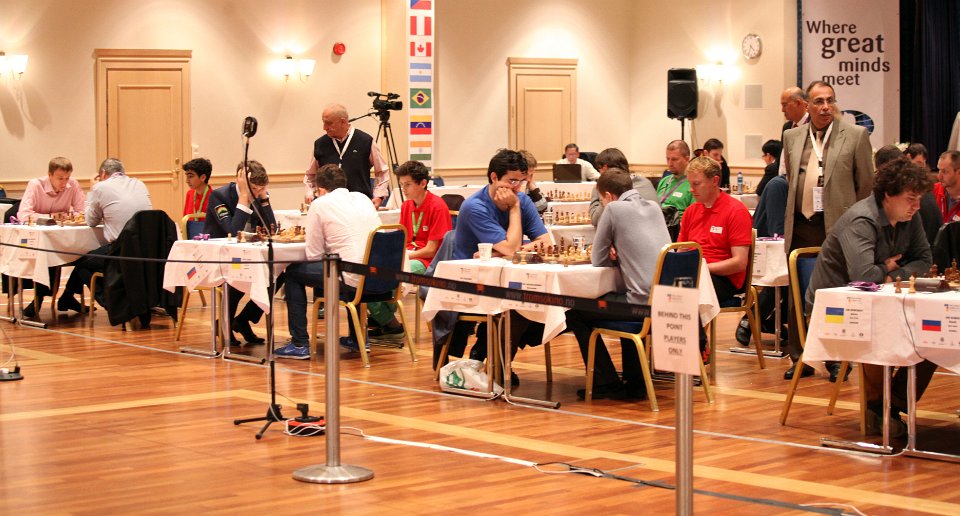Torn between playing with his young kids in France and playing chess in Norway, Vladimir Kramnik, 38, made a choice that paid off. The former world champion won the 2013 FIDE Chess World Cup in Tromsø and collected $96,000.
The grueling 128-player knockout was also a qualifier for two places in the 2014 Candidates tournament. Kramnik and Levon Aronian of Armenia already qualified by rating, but they had to show up in Tromsø. Kramnik finished the event undefeated, winning all seven matches. He booked five wins in the classical tempo and four wins in rapid chess.
I believe the idea of the FIDE knockouts started at the 1985 Interzonal in Biel. I had a conversation with the film director Milos Forman (One Flew Over the Cuckoo's Nest, Amadeus) about the 1984-85 world championship match Karpov-Kasparov and how it was abruptly ended by Florencio Campomanes. Suddenly, out of nowhere, the FIDE president showed up and joined us.
"Why don't you organize the world chess championship like Wimbledon?" Forman asked him. "A knockout tournament with 128 players and the champion starts like everybody else - in the first round. And you can do it every year." The FIDE president mounted a strong defense in support of the world champion and the traditional match system. It would have impressed even Garry Kasparov, but it didn't sound convincing to Forman. "I will think about it," Campo finally said.
It was a long thought, but in 1998 FIDE organized the first world championship knockout. Campomanes still had an influential voice in FIDE, but was no longer the president. The current world champion Vishy Anand is the only player who won the FIDE knockout twice (1998 and 2000), although in 1998 FIDE appended to his victory a short world championship match against the well-rested Anatoly Karpov. FIDE delivered Anand to Karpov on a platter or, as Anand put it, "in a coffin." The Indian grandmaster succumbed in the tiebreaks. In 2005 FIDE switched the knockout from the world championship to the World Cup.
One can assume that the knockout is made for the young players full of energy, but surprisingly the last four World Cup winners were mature players. In 2007 Gata Kamsky was 34, in 2011 Peter Svidler was 35 and in 2009 Boris Gelfand was 41. "I don't feel tired," Kramnik said after his 2.5-1.5 victory against the Russian compatriot Dmitry Andreikin in the final match.
"I am not ashamed of my play here," Kramnik summed up his performance. "Pretty good chess, no blunders." Except for one small glitch in the 125-move draw against the Frenchman Maxime Vachier-Lagrave.
Kramnik - Vachier-Lagrave
FIDE World Cup, Tromsø 2013
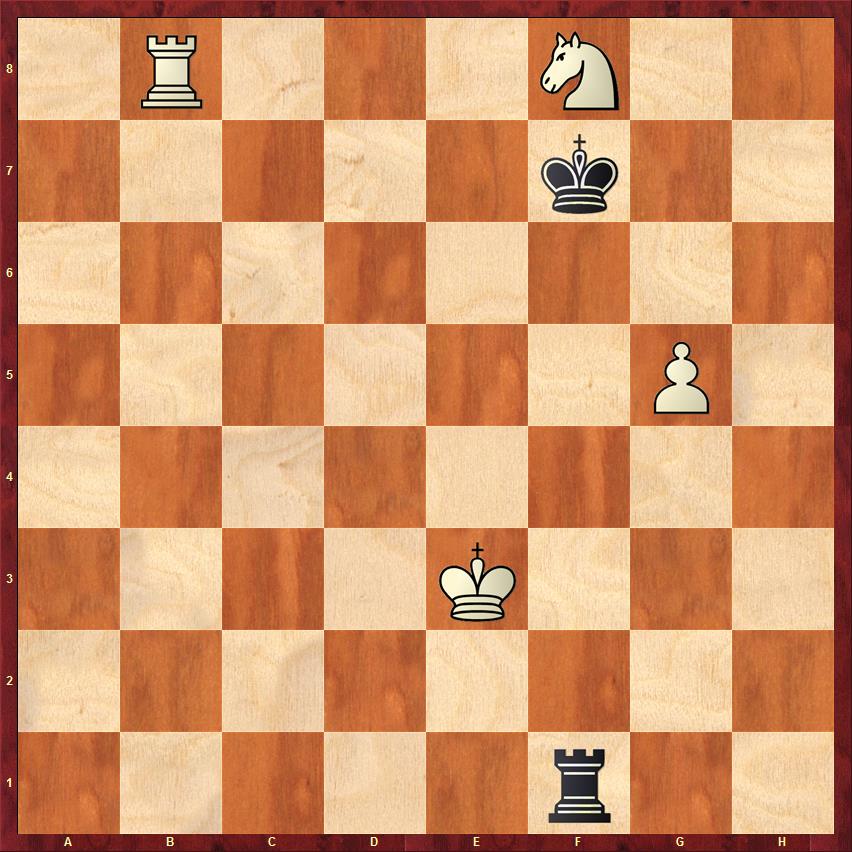
In this position white wins by force, but he has to see the punchline on move 65. The computers saw it, but even some commentators were at a loss.
62.Nd7!
Kramnik played 62.Ke4 Re1+ 63.Kf3 Rf1+ 64.Kg3 Rg1+ 65.Kf4 Rf1+ 66.Ke3 Re1+ 67.Kf3 Rf1+ 68.Kg2 Rf5 forcing the knight to the edge with no future. 69.Nh7 Kg6 70.Rb7 Rf4 71.Kg3 Ra4 White is a pawn and a knight up, but his pieces are badly placed. Eventually, he gave up the pawn, but the French GM was able to hold the theoretical draw.
62...Rf5 63.Rf8+ Kg6 64.Rg8+ Kf7 65.Ke4!
The point! The counterpunch helps white to protect the g-pawn.
65...Ra5 and white has two ways how to win:
A. The simple way: 66.Nf6 Ra1 67.Rd8 Kg6 68.Rd5.
B. The fancy way: 66.Rf8+ Kg6 67.Ne5+! Kxg5 68.Rf5+ and a discovered check with the knight wins the black rook: 68...Kh6 [68...Kh4 69.Ng6+] 69.Ng4+ and white wins.
Kramnik's play was solid and impressive throughout the event. His deep opening knowledge is legendary and lethal. Garry Kasparov decided to give up the Grunfeld defense after Kramnik frustrated him with different lines of the Exchange variation. After the King's Indian it was the second defense Kramnik eliminated from Kasparov's repertoire. In Tromso, the Ukraninian GM Alexander Areschenko, 27, got caught in Kramnik's Grunfeld web and paid the price.
Kramnik - Areshchenko
FIDE World Cup, Tromsø 2013
1.d4 Nf6 2.c4 g6 3.Nc3 d5 4.cxd5 Nxd5 5.e4 Nxc3 6.bxc3 Bg7 7.Be3
This line almost forces the queen exchange. The queenless middle game can be still dangerous for black.
7...c5 8.Rc1 Qa5 9.Qd2 cxd4 10.cxd4 Qxd2+ 11.Bxd2
A flexible choice, giving white the possibilitity to castle short.
11...0-0 12.Nf3 e6
The current fashion. After the previously popular 12...Bg4 white usually ends up playing an endgame with a bishop pair. And Kramnik likes that.
13.Bb5!?
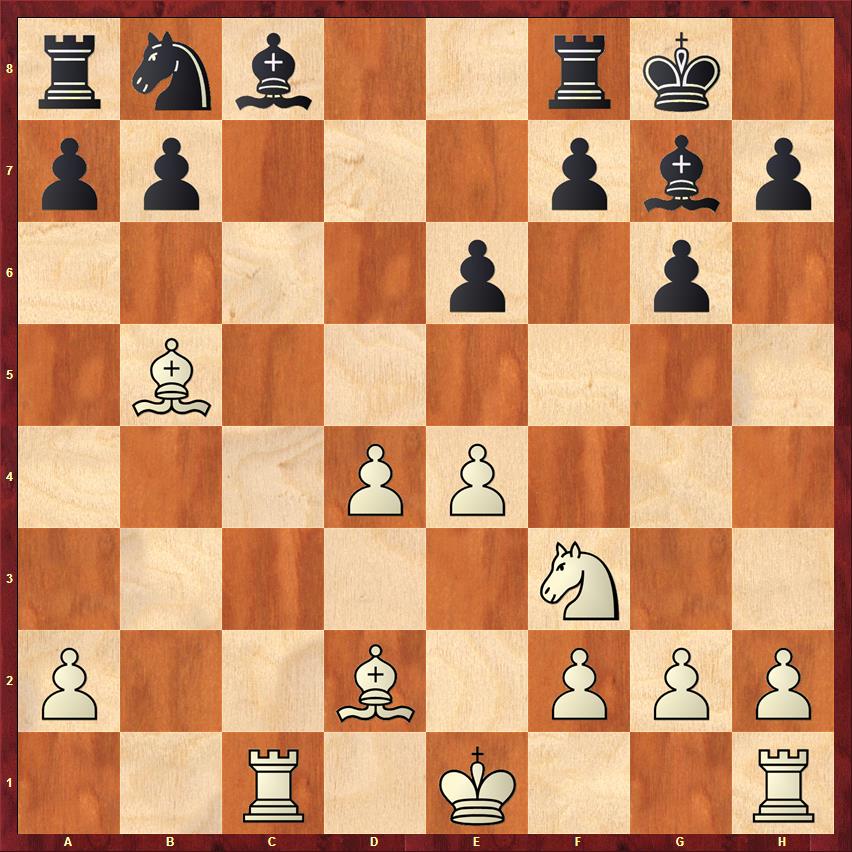
An annoying move, preventing smooth development. Kramnik is also playing the percentages. The bishop move has over 70 percent rate of success. Areshchenko was probably expecting the more modest 13.Bc4, played by Kramnik against Fabiano Caruana in Dortmund, Germany, just before the World Cup. Kramnik won in 76 moves, but not because of his opening play.
13...Nc6 14.Be3
Kramnik does a little tweaking, waiting before he takes on c6. In his game against Mamedyarov, Moscow 2010, he chose 14.Bxc6 bxc6 15.0-0, but black was able to activate his light bishop with 15...Ba6 16.Rfe1 Bb5.
14...Rd8
14...Bd7 is an alternative.
15.Bxc6 bxc6 16.Ne5!?
A novelty, recommended by a few computer engines.
16...Bb7 17.f3!
Preventing 17...c5 and creating a hiding place for his king on f2. This is a new concept. White doesn't take the pawn on c6.
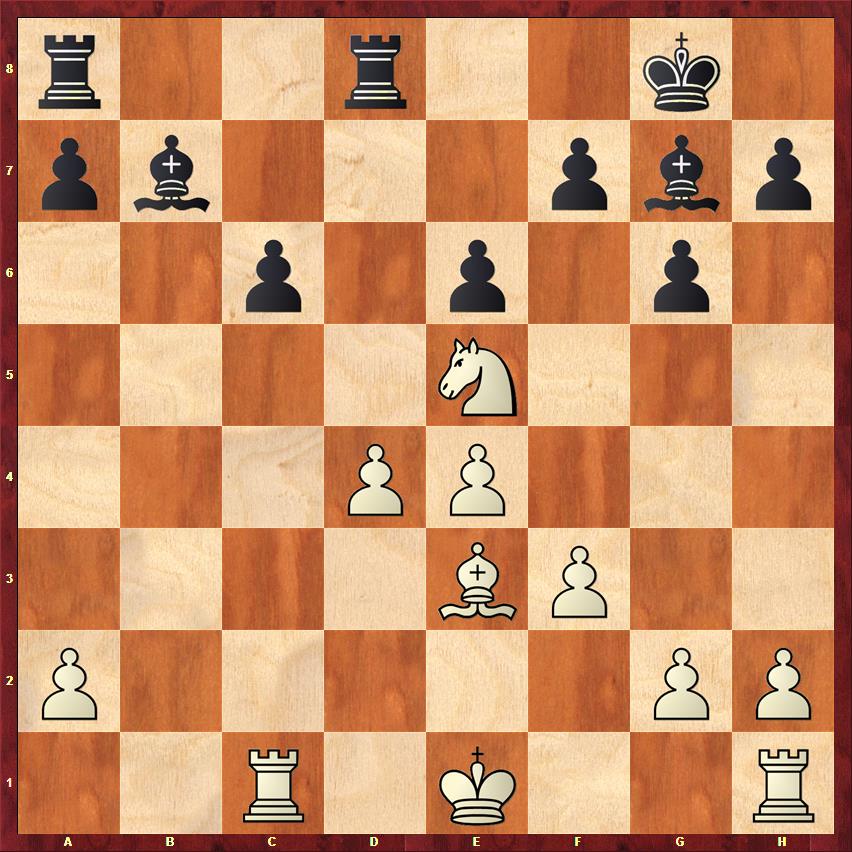
17...Bxe5?
The bishops of opposite colors do not guarantee equality. Black's position has too many holes.
Interesting play may occur after 17...Rac8 18.Nd3!? Bxd4 19.Bxd4 Rxd4 20.Nc5 Ba8 21.Ke2 Rcd8 22.Rhd1 and white has a dominating knight.

The extra c-pawn buries the bad bishop and brings more suffering than joy. Aaron Nimzowitsch, the author of My System and The Blockade, would have been delighted to have this position with the white pieces.
18.dxe5 Rd3
Black does not have time to repair the dark square weaknesses with 18...Kg7 and 19...h6. After 18...Kg7 19.Bg5! Rd4 20.Kf2 h6 21.Bf6+ Kf8 22.Rhd1 white dominates on the black squares.
Giving up a pawn for freedom does not work: after 18...c5 19.Rxc5 Rac8 20.Rxc8 Rxc8 21.Bh6 the black king is locked in and white has a dangerous initiative, for example 21...Rc5 22.Kf2 Rxe5? 23.Rd1 and white wins.
19.Kf2 Rad8 20.Bg5 R8d7 21.h4

Kramnik's favorite advance in the Grunfeld, trying to open the h-file. He played it in many forms and shapes.
21...h5 22.Kg3 Kh7 23.Rc2 c5 24.Rxc5 Bxe4
The exchange of pawns allows the white rook to enter the eighth rank, creating mating threats.
25.Rc8 Bb7 26.Rf8
Black has to do something against the threat 27.Bf6.
26...f5
Forced. After 26...Kg7 27.Re8 f5 28.exf6+ Kf7 29.Rh8 wins.
27.exf6
Kramnik has a strong advanced passed pawn and black king is still unsafe. No doubt white can force a win.
27...e5 28.Re8 e4 29.Rb1!
Preparing a nice tactical finish.
29...exf3
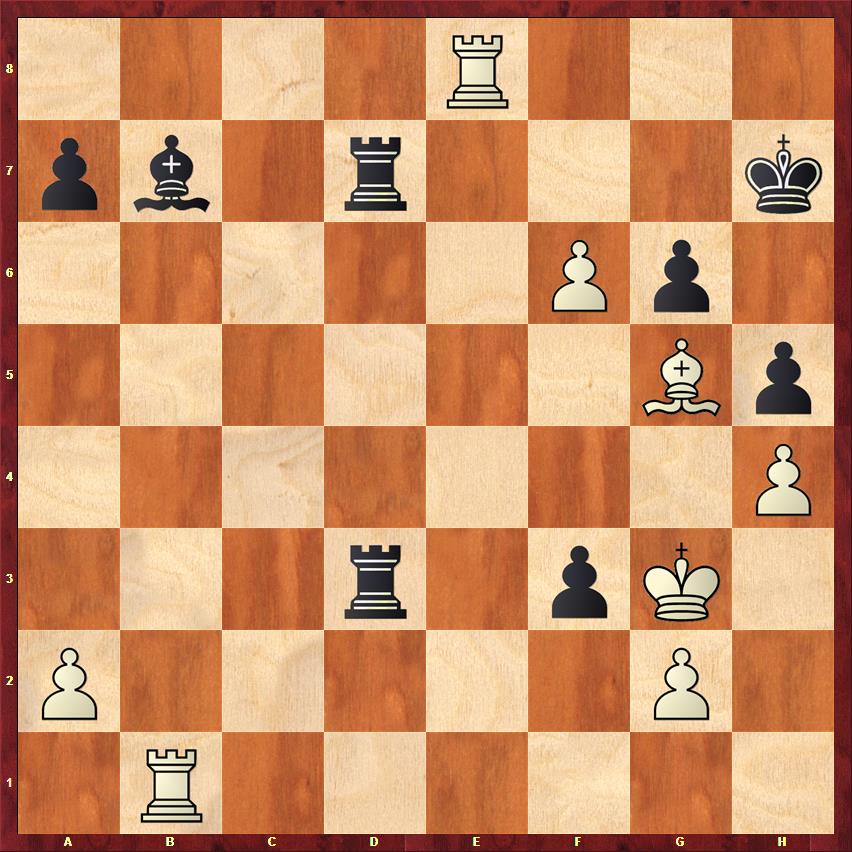
30.Rxb7! fxg2+ 31.Kxg2
After 31...Rxb7 32.Re7+ Rxe7 33.fxe7 white queens.
Black resigned.
Note that in the replay windows below you can click either on the arrows under the diagram or on the notation to follow the game.
Images by Anastasia Karlovich


